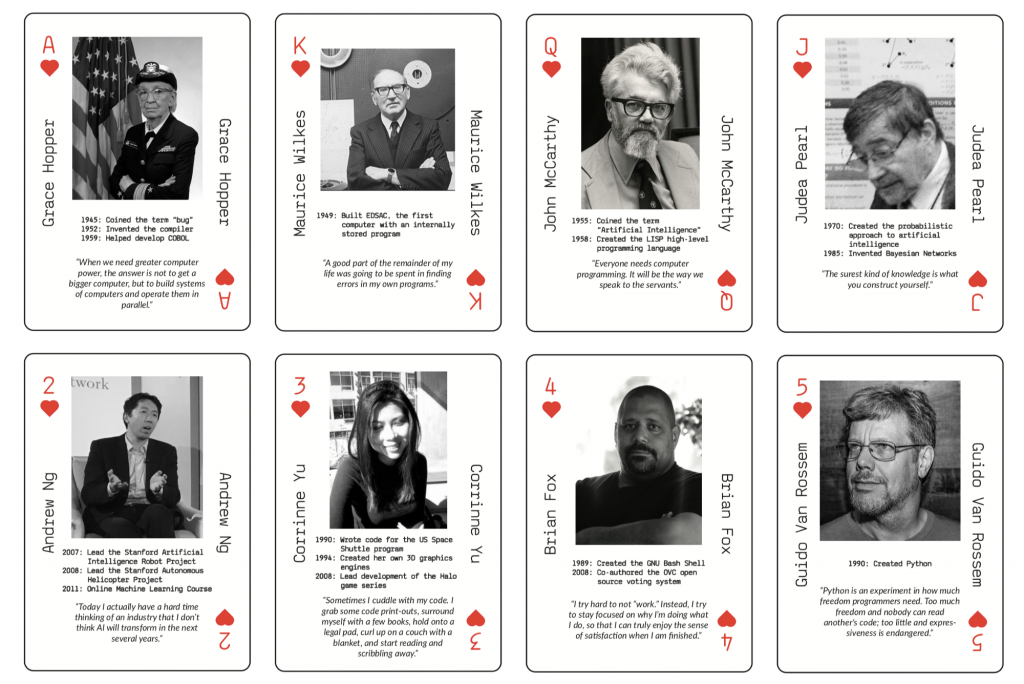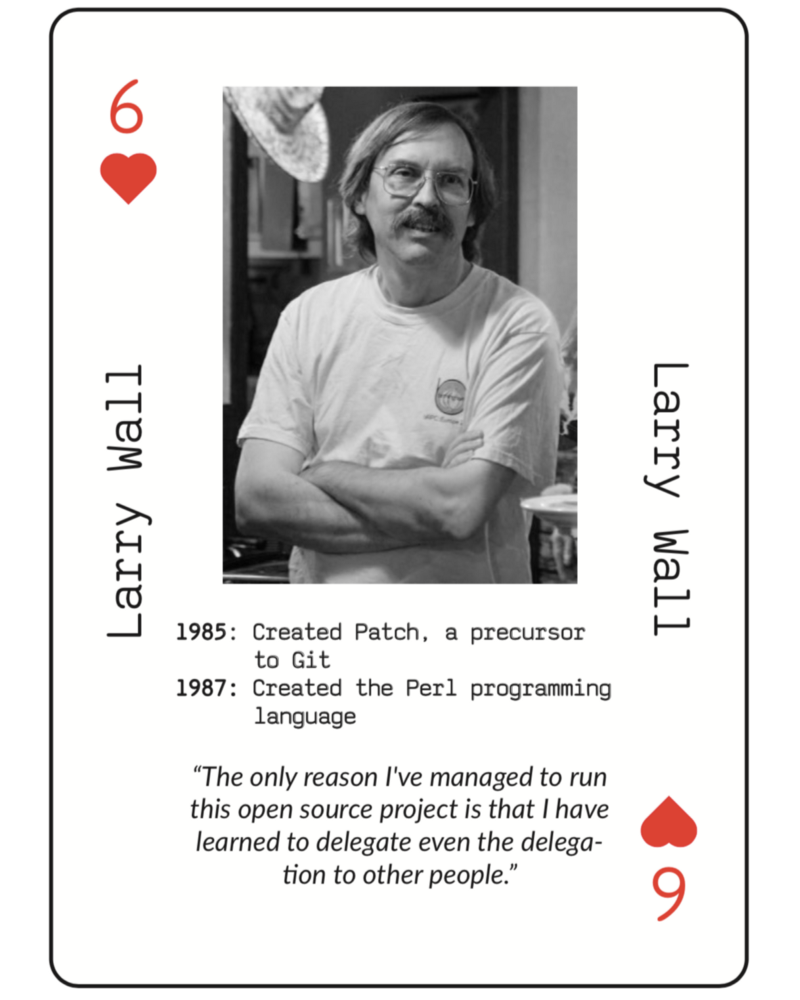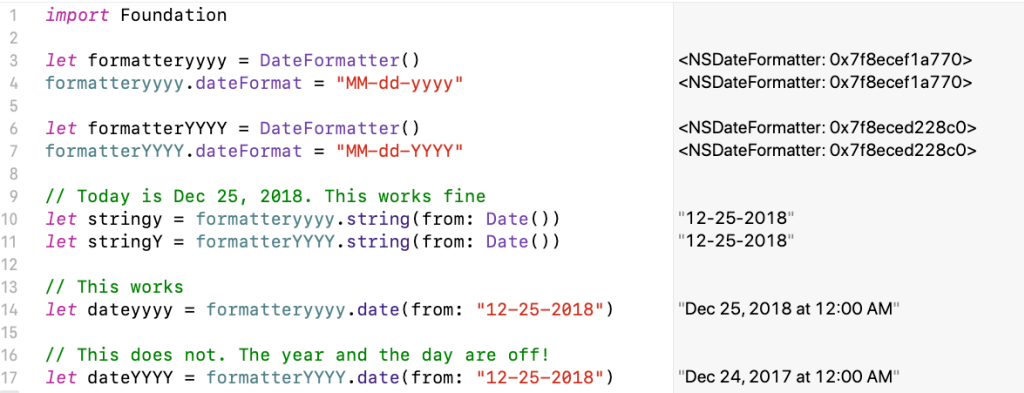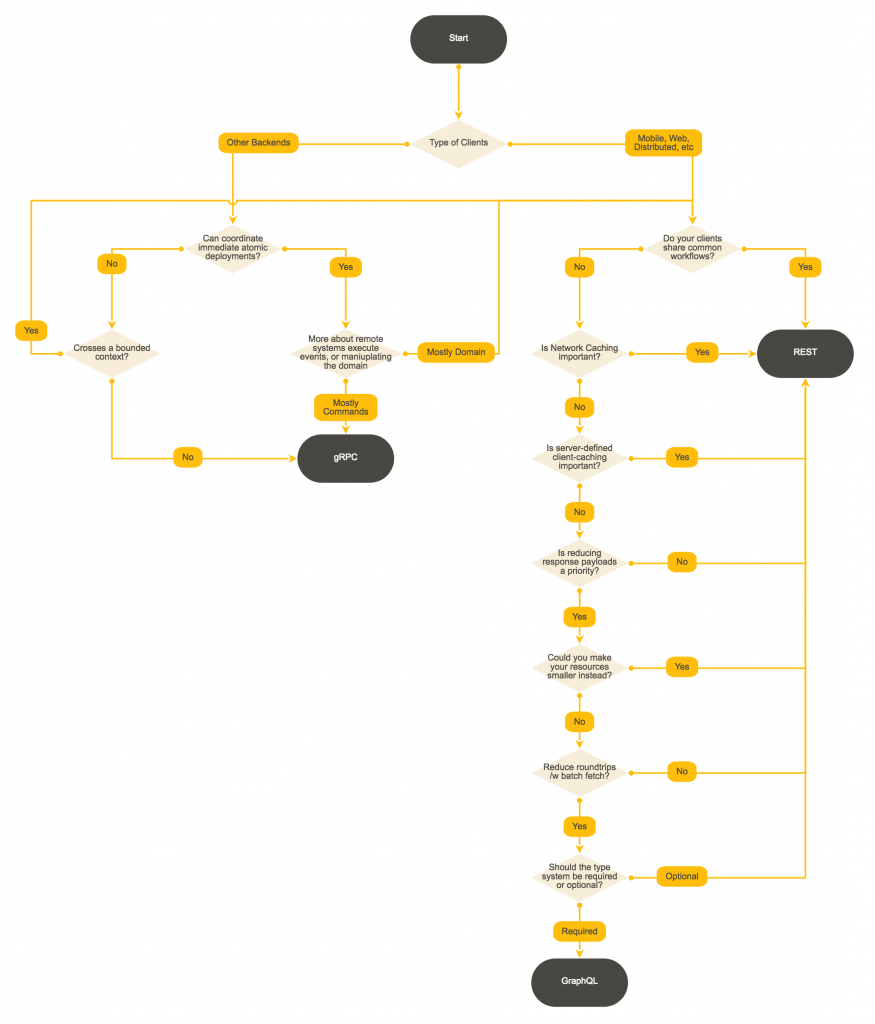
I have recently blogged about the Faces of Open Source project. That’s a great initiative. But here’s another one, with a lot more practical approach – Programmer Playing Cards. It is a deck of playing cards, featuring people who influenced the world of computer programming in a variety of ways. Each card has a photo of a person, his or her name, what was the influence, and, as a nice touch, a quote from that person.
Here’s an example with Larry Wall.

More examples as well as instructions on how to get these cards are here.



